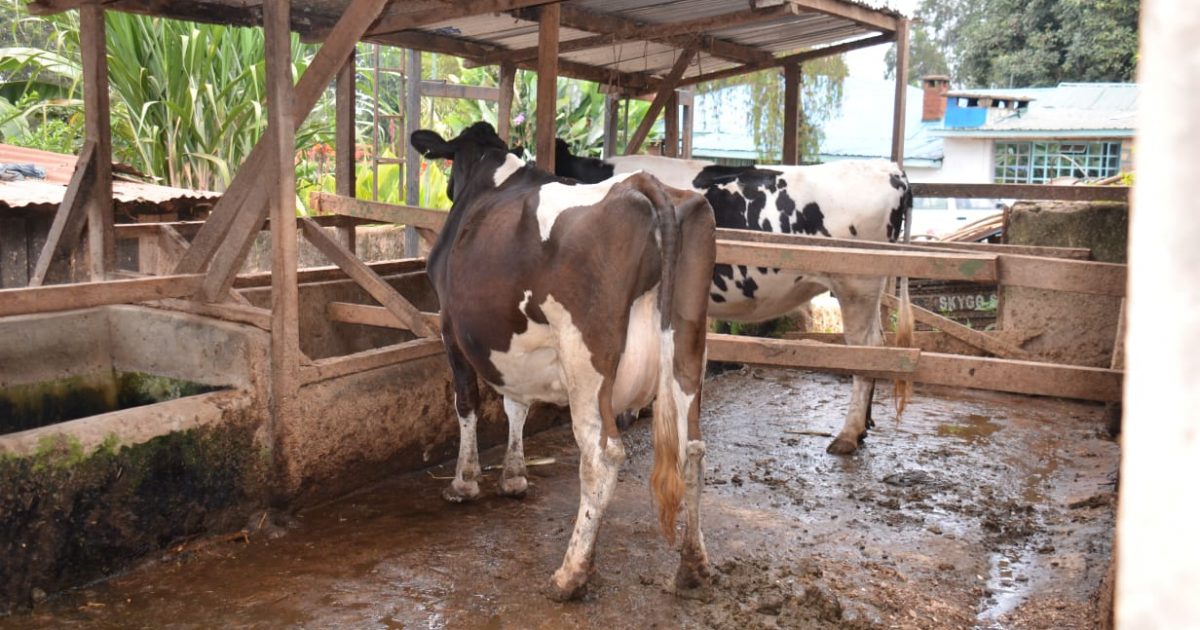Small-scale dairy farming is the backbone of Kenya’s dairy sector, contributing 80% of the country’s milk production . While it offers significant economic and nutritional benefits, farmers also face persistent challenges. Below is a detailed analysis:
Benefits of Small-Scale Dairy Farming
Income Generation & Livelihood Support
- Provides regular income for rural households through milk sales, especially via cooperatives .
- Additional revenue from manure sales (used as fertilizer) and calf rearing .
Food Security & Nutrition
- Milk is a key protein source for families, improving household nutrition .
- Surplus milk can be sold locally, enhancing community food access .
Low Entry Barriers
- Requires minimal startup capital compared to large-scale farming (1–10 cows) .
- Can be integrated with crop farming, optimizing land use .
Employment Creation
- Supports family labor and creates jobs in rural areas (e.g., milk collection, feed production) .
Resilience Through Cooperatives
Cooperatives provide collective bargaining, input subsidies, and training on best practices .
Challenges of Small-Scale Dairy Farming
Feed Shortages & High Costs
-
-
Climate shocks (droughts, erratic rainfall) reduce pasture and fodder availability .
-
Over-reliance on expensive commercial feeds (70% of production costs).
-
Limited Access to Veterinary Services
- Tick-borne diseases (East Coast Fever), mastitis, and Foot-and-Mouth Disease are common but treatment is costly and scarce in remote areas.
Poor Milk Market Access
- Middlemen exploit farmers, paying as low as KSh 30–40/liter versus processors’ KSh 50–60 .
- Lack of cooling facilities leads to spoilage, especially in hot climates .
Low Adoption of Technology
- Only 10% of farmers use digital tools (e.g., DigiCow for herd management) .
- Outdated practices (e.g., hand milking, plastic storage) compromise milk quality .
Climate Vulnerability
- Heat stress reduces yields by 10–25% in high-temperature regions .
- Water scarcity during droughts forces farmers to downsize herds .
Policy & Infrastructure Gaps
- Weak enforcement of milk quality standards and price regulations .
- Poor roads and unreliable electricity hinder milk transport and storage .
Solutions for Small-Scale Farmers
| Challenge | Potential Solution |
|---|---|
| Feed scarcity | Grow drought-resistant fodder (e.g., Brachiaria, Napier grass) and make silage . |
| Disease control | Join vaccination programs and adopt regular deworming/tick spraying . |
| Market access | Sell through cooperatives or invest in solar-powered milk coolers . |
| Technology gap | Use mobile-based advisory services (e.g., DigiCow SMS alerts) . |
| Climate adaptation | Practice water harvesting and provide shade structures for cows . |
Conclusion
Small-scale dairy farming is viable but demanding. While it sustains millions of livelihoods, addressing challenges like feed costs, diseases, and market access through cooperatives, technology, and climate-smart practices can boost productivity and profitability.
🚜 Need guidance? Contact Uwezo Farm, Nyandarua:
📞 0717 548 103 | ✉ info@uwezofarm.co.ke
For training, breed selection, and cooperative support, reach out today! 🐄

